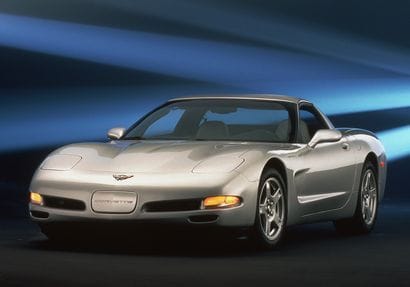This year Chevrolets iconic sports car marks its sixth decade

Genesis
In the very early 1950's, General Motors head of design Harley Earl managed to convince company brass that the corporation needed a two-seat sports car. After getting the go-ahead, his Special Projects crew set to work and, by January of 1953, the EX-122 pre-production prototype became part of the Motorama exhibit at New York's Waldorf-Astoria.
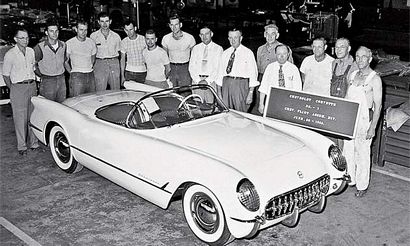
Public response was so positive that, six months later, hand-built fiberglass bodies began rolling off a makeshift production line at a former truck assembly plant in Flint, Michigan.
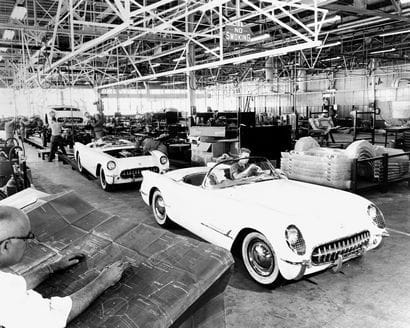
300 Polo White examples of the sleek-looking 1953 Chevrolet Corvette were assembled that first year, but sales proved to be disappointing for a number of reasons, not the least of which was performance.

In fact, underneath that racy looking exterior beat the heart of a typical Chevrolet sedan replete with "Blue Flame" inline six-cylinder engine (although with a triple carburetor), two-speed Powerglide automatic transmission, drum brakes, a rudimentary independent front suspension and a leaf spring rear setup.
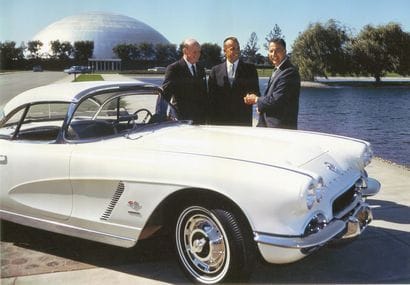
Things were hardly any better inside. Fit and finish was abysmal, there were no roll-up side windows, water leaks during rains were common and, in some instances, owners reported that the doors opened while the vehicle was moving.

It was not what you would call an auspicious beginning and at one point the Chevrolet division actually considered shutting down production.1955, however, brought a number of changes that included the introduction of the 265 cubic inch small-block V8 and the addition of a new member to GM's engineering department, Zora Arkus-Duntov.
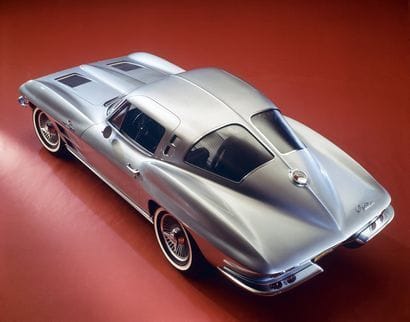
And the rest, as they say, is history.
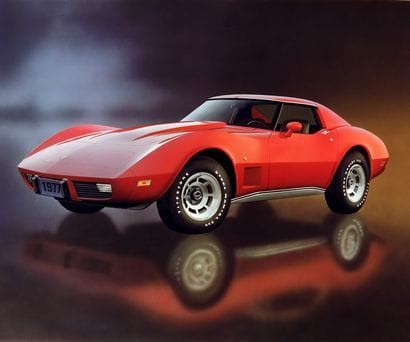
Earlier this week, Chevrolet issued a press release pointing out "a few of the common elements that have helped make each design unique – and each Corvette look like a Corvette" that are listed forthwith:
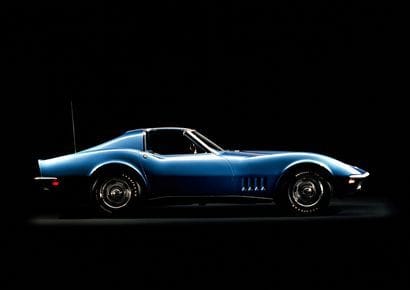
Proportion: Each Corvette has similar proportions – from the long "dash to axle" element, to the short tail and small greenhouse.
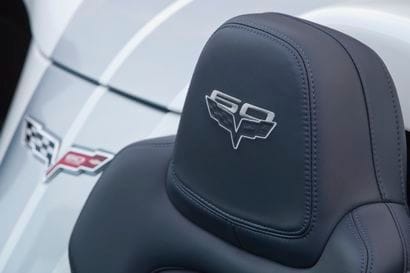
Waterfall effect: A powerful, signature cue common among all Corvette generations is the way a part of the exterior bodywork cascades into the passenger compartment between the seat backs, introduced on the first-generation Corvette convertibles. Since then, the waterfall effect has been reinterpreted to make a seamless transition from the exterior to the interior of Corvette.
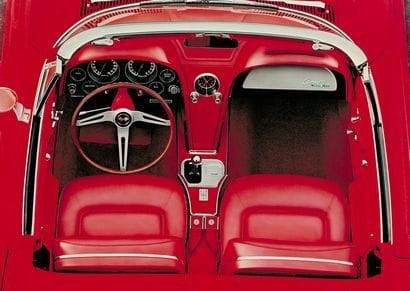
Dual cockpit architecture: Another iconic Corvette design cue that was inspired by jet fighters is the dual, wraparound cockpit. Introduced when Americans were obsessed with space flight, the wraparound cockpit instantly conveyed purposeful performance. Today, the Corvette's interior still conveys the car's sporting intentions, with easy access and visibility of the critical controls.

The bodyside cove: While a spear-like chrome feature highlighted the side of the 1953-55 Corvettes, for 1956, a concave cove was sculpted into the bodywork behind the front wheels. Although its form and function have been reinterpreted over the years, a cove or vent has been a signature cue in the Corvette's bodyside ever since.
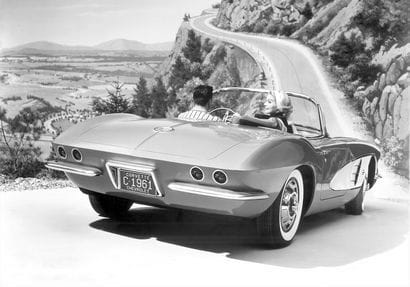
The tail: Another Corvette signature is the design treatment of the car's tail. It's not just the use (since 1961) of twinned and rounded taillamps at either side of the back of the car. Instead, it's how the relationship between those lamps, exhaust pipes, and event license plate opening compliment the low, wide proportions of the Corvette body.


